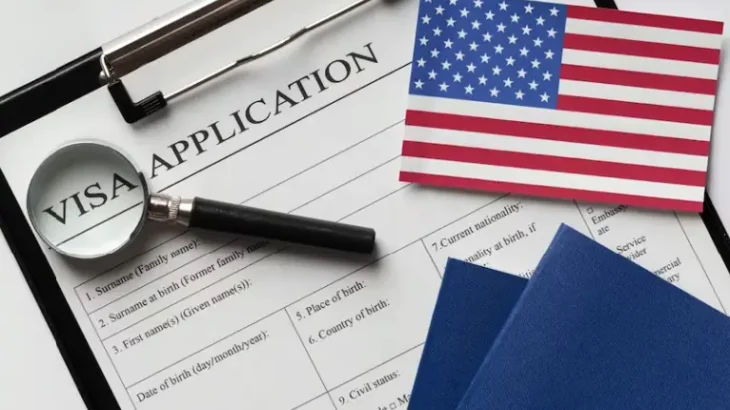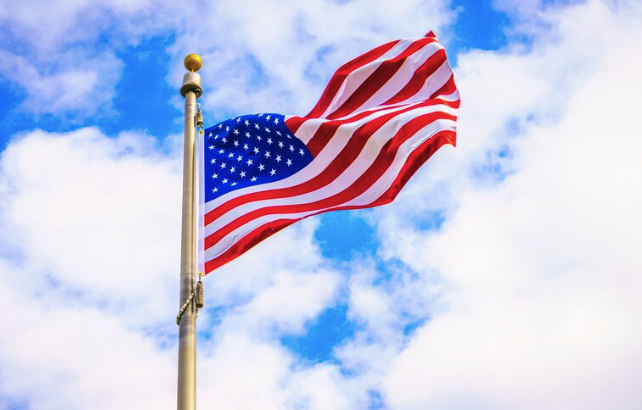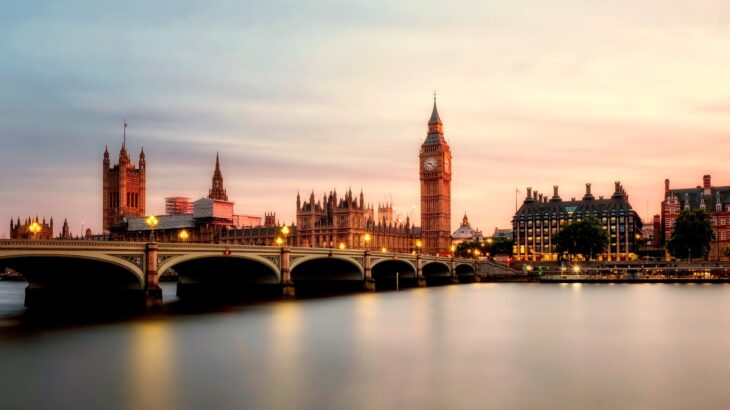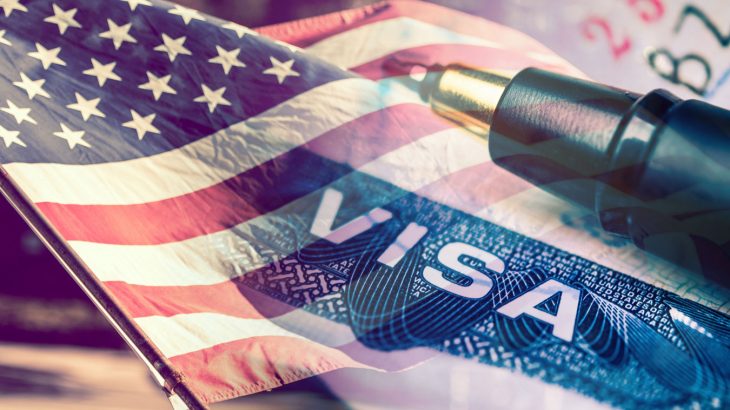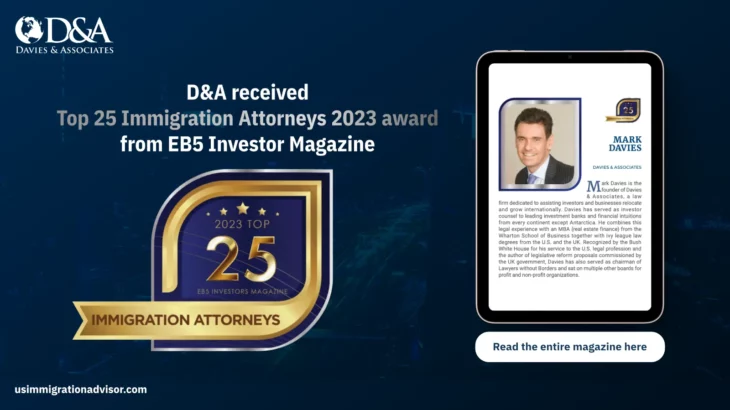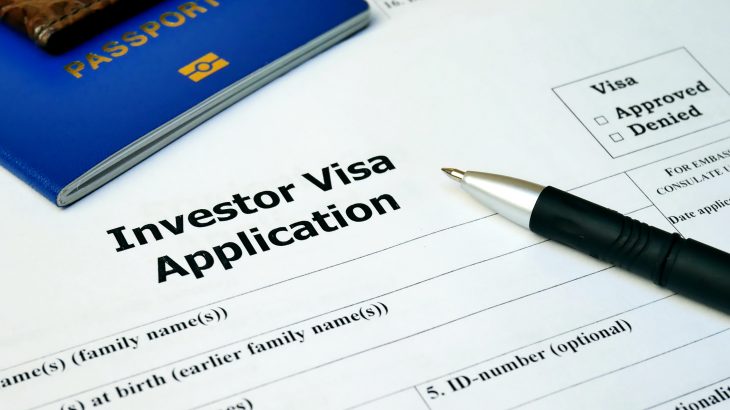About the L1 Visa
The visa type L1 is a non-immigrant visa that allows an employer to transfer an employee holding a managerial or executive position or those employed in a specialized knowledge position to a qualifying organization in the U.S. Like other visa classifications, the process of L-1 Visa involves presenting supporting documents and a visa interview.
There are two different types of an L1 Visa: 1) L-1A and 2) L-1B. The L1A is for employees who will work in a managerial or executive capacity at the qualifying organization in the US, while the L1B is granted to those who will be employed in a specialized knowledge position in the US.
For both cases, you would need to have worked continuously (in a specialized knowledge or managerial or executive capacity) for at least one year within the 3 years before your application and should be seeking to assume a managerial, executive or specialized knowledge position in the US.
Your employer would need to file a petition on your behalf with the United States Citizenship and Immigration Services (USCIS) through Form I-129 together with an L supplement.
To help increase the chances of getting an approval, we have compiled a checklist of the supporting documents required from the foreign employer, the employee, and the U.S. company.
In addition, the petitioner must establish that the beneficiary’s duties in the U.S meet the criteria for either specialized knowledge or managerial or executive capacity and the beneficiary engaged in either specialized knowledge or managerial or executive duties for at least 1 year
Foreign Company Required Documents
The following documents are required from the foreign company:
- Articles of Incorporation;
- Business License;
- Stock certificates and audited accounts;
- Business financial statements, and tax filings for the past 3 years;
- Evidence proving business transactions such as contracts, bills of lading, and letters of credit among others;
- Business promotional materials such as company brochures or product overviews;
- An organisational chart that includes the total number of employees and proof that the employee is holding a specialized knowledge, executive, or managerial position;
- Any contract or document detailing the affiliate relationship or corporate filings describing the corporate relationship;
- A statement from an authorised representative detailing the ownership and control of the company; and
U.S. Company Documents
As for the U.S. Company, here are the following documents required:
- Articles of Incorporation and corporate by-laws;
- Business license;
- Stock certificates and audited accounts;
- Business financial statements and promotional materials;
- A description of the business and a detailed business plan;
- An organisational chart that includes the total number of employees and the transferee’s position either as a specialized knowledge professional or an executive or managerial capacity;
- Business location lease;
- Bank statements or proof of initial investment
- Corporate tax returns, if any;
- Employer’s Quarterly Report Form 941, if any; and
If you’re an employee coming to the country to set up a new U.S. office, you would need to submit evidence of the establishment of the new office such as an office space lease, contracts, and copies of applicable business permits.
Blanket L Petition Requirements
Foreign employers who regularly send employees abroad as transfers may opt to do a blanket petition which allows them to apply for multiple employees for the L1 status under a single approved petition, rather than file individual petitions with the USCIS. To be qualified, the employer must meet the following requirements:
- The petitioner and each of the entities included are engaged in commercial trade or services;
- The petitioner has an office in the United States that has been doing business for 1 year or more;
- The petitioner has three or more domestic and foreign branches, subsidiaries, or affiliates; and
- The petitioner and the other qualifying organizations have obtained approval of petitions for at least 10 “L” managers, executives, or specialized knowledge workers during the previous 12 months; or have U.S. subsidiaries or affiliates with combined annual sales of at least $25 million; or have a U.S. work force of at least 1,000 employees.
- If your employer doesn’t have the qualifications above, then they are not eligible for blanket petitions and would need to file individual petitions for each transferring employee. The employer must also prove the following requirements of L1 Visa through supporting documents:
- The qualifying relationship between the U.S. company and the parent company either as a subsidiary, branch, or affiliate among others;
- The proof that you have worked full-time for the foreign company continuously for at least 1 year within the last 3 years before filing the petition; and
- The proof that you have worked as a specialized knowledge, manager or executive employee for a foreign company and will be assuming the same in the U.S.
Canadians with an approved blanket petition seeking an L-1 classification may present the completed Form I-129S and other supporting documents to a U.S. Customs and Border Protection (CBP) Officer at certain ports of entry at the U.S.-Canada land border or a U.S. pre-clearance or pre-flight inspection station in Canada.
Transferring Employee Documents
Once the USCIS approves the petition, your employer will be given an approval notice by way of Form I-797. You would then need to submit your Form DS-160 (Online Nonimmigrant Visa Application). After that, you would need to schedule an interview with your home country’s U.S. Embassy or Consulate where you would need to submit the following documents:
- The visa interview appointment letter;
- The confirmation page of your Form DS-160;
- A copy of Form DS-160 and L supplement;
- The Form DS-160 application fee receipt;
- The receipt number of the Form I-129 petition along with a physical copy;
- A passport with a validity 6 months beyond the expiration of the L1 nonimmigrant status;
- Your resume or curriculum vitae;
- Two recent passport-size coloured photographs;
- A copy of the Form I-129 petition submitted to the USCIS;
- The Form I-797 petition approval from the USCIS;
- Records or certificates of educational training or degrees;
- Payment statements and income tax records;
- Job duties and description;
- An organisational chart that shows your position;
- Reference letters from your supervisors, colleagues, or from your previous employers indicating your employment history, experience and work skills;
- An employment authorization or verification letter from your employer;
- The board resolution or appointment documents that verify your transfer;
- Any other documents that prove your capability to conduct business in a managerial or executive capacity or any proof that you possess a specialized knowledge position.
Please take note that sometimes, they will require a reciprocity fee depending on your nationality. The visa application necessarily includes different costs of L1 Visa and filing the correct fees is crucial, so it’s important to take note of it during your application.
Risks of an L1 Visa Document Checklist
Having an approved L-1 petition nor submitting all the supporting documents above, doesn’t guarantee visa issuance. The consular officer will determine if you’re qualified based on the documents on all documents and information submitted as well as your answers during the interview
Please take note that the checklists above are not exhaustive Davies & Associates has a team of experienced L1 visa attorneys who can give you advice and help on which relevant documents you will need to submit depending on your circumstances.
If the information you have provided is incomplete, your visa application may be needlessly delayed if not denied. Consular officers may ask for further information and documents before making the final decision on your application.
Moreover, even though you have submitted complete supporting documents, you will still need to be interviewed by the consular officer. The interview will focus on more detailed questions relating to your employer, the U.S. company and your capacity or job duties.
For those applying for an L-1B Visa, the questions will focus on how their specialized knowledge is crucial to the overall functions of the business.
You can increase your chances of getting your visa approved by ensuring that all the relevant documents are correct and by answering interview questions honestly, openly and as articulately as possible.
Looking for an US immigration lawyer? Request free consultation at Davies & Associates or find our closest location around the world.

























